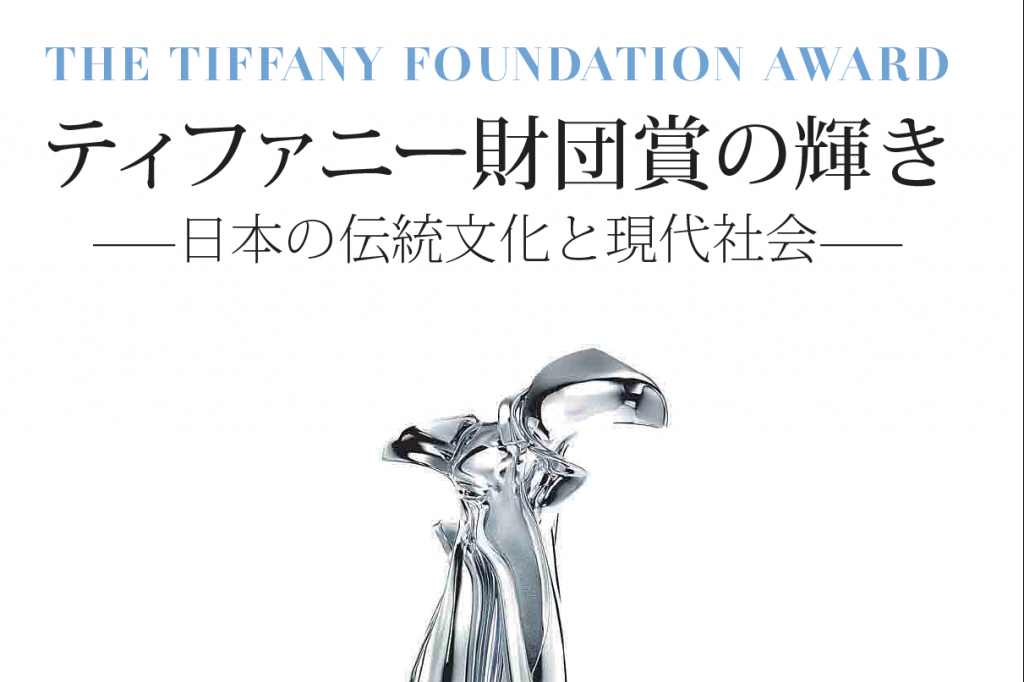TIFFANY FOUNDATION AWARD
2008–2013
In 2008, JCIE and the Tiffany & Co. Foundation established the Tiffany Foundation Award for the Preservation of Japanese Traditional Arts and Culture in Contemporary Society in order to recognize organizations that have made notable contributions to the promotion of Japanese traditional culture and to the revitalization of local communities.
The Tiffany Foundation Award honored organizations in two separate categories: the Taisho Award was given to one organization that is nationally recognized and is expected to introduce a revolutionary or innovative element to their field; and the Shinkosho Award was presented to another that is recognized at the community level as having great potential or that has produced exemplary results through efforts in its region. The recipients each received a ¥2 million award and a custom-designed trophy by Tiffany & Co.
The award recognized those whose activities (1) Incorporate the heritage of traditional local culture into the contemporary activities of modern society by mobilizing the participation of a wide range of citizens in traditional cultural activities; (2) Revive traditional cultural activities that have been passed down through the generations with the purpose of regenerating a sense of local pride and contribute to community revitalization; (3) Promote domestic and international exchange related to the theme of traditional arts and culture to rejuvenate local communities and open them to the rest of the world. JCIE requested nominations for the award from experts and institutions active throughout Japan. In addition, organizations with a strong record of carrying out exemplary activities in keeping with the objectives of this award were invited to directly nominate themselves.
Following the completion of the award program, JCIE prepared a beautifully illustrated publication that highlights the awardees and assesses the impact of the program and the lessons learned.
Each section of the book is presented in Japanese, followed by English.
The inaugural Tiffany Foundation Award winners were also profiled in the November 2008 issue of Civil Society Monitor.
SELECTION COMMITTEE
KATSUHIKO HIBINO | Artist; Professor, Tokyo University of the Arts
KENGO KUMA | Architect; Professor, University of Tokyo
FUMIO NANJO | Director, Mori Art Museum
YUKO TANAKA | Professor, Hosei University
For organizations that are nationally recognized and expected to introduce revolutionary or innovative elements to their field
- Location: Nanao City, Ishikawa Prefecture
- Date of Establishment: 1960
- Website
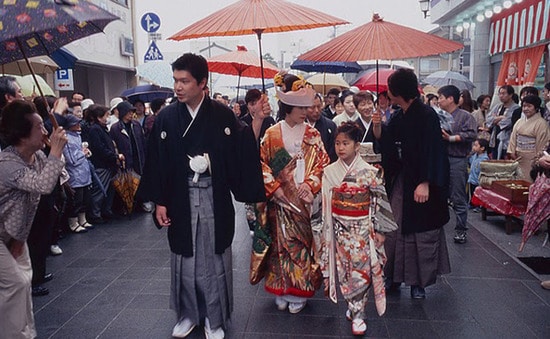
Noren curtains are the long curtains that sometimes hang in the entrances to restaurants and traditional Japanese rooms. In Nanao City, Ishikawa Prefecture, the local tradition of hanayome noren (bride’s noren) dates back to the Edo Period, according to which a special noren is made for a bride using the traditional kaga yuzen technique. The noren is hung in the doorway that leads to the butsuma (a small room or vestibule that holds sacred objects) for the bride to walk through, a ritual that symbolizes that the bride is welcomed into her new family. The tradition continues today, and beautiful noren are still made for brides, but they are often stored away without much appreciation outside of the family.
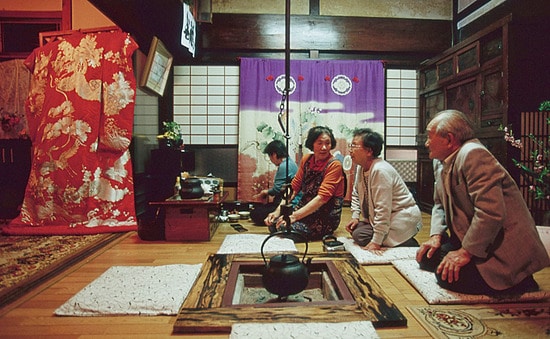 Ipponsugi Street is a commercial district in the city of Nanao that is known for its traditional Japanese products.
Ipponsugi Street is a commercial district in the city of Nanao that is known for its traditional Japanese products.
The Association for the Promotion of Ipponsugi Street organizes an annual exhibition displaying hanayome noren in local stores and residences, which has grown into a major event that attracts large crowds. Every year, around Mother’s Day, approximately 50 businesses and homes on Ipponsugi-dori Street display nearly 150 hanayome noren. The event opens with a traditional bridal procession, and “story telling booths” are set up and staffed with residents that introduce local culture and lifestyles. The town also publishes pamphlets that relate residents’ stories about their hanayome noren. In 2007, a special exhibition of hanayome noren was also held in the city of Nagoya.
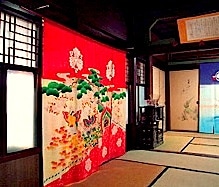
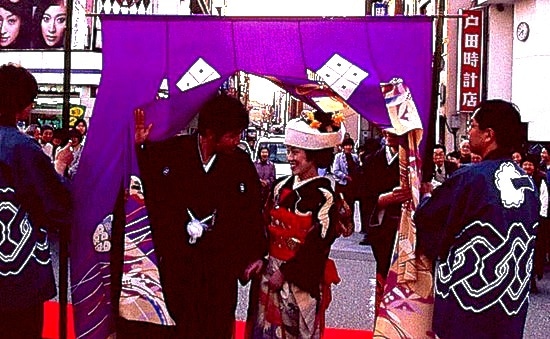
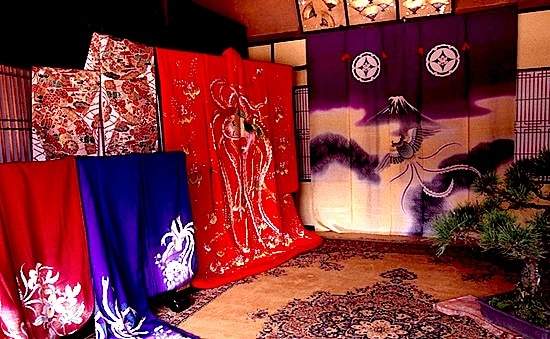
For organizations recognized at the community level as having great potential and/or organizations that have produced
exemplary results in their region
ENVISI
- Location: Sendai City, Miyagi Prefecture
- Date of Establishment: 2009
- Website
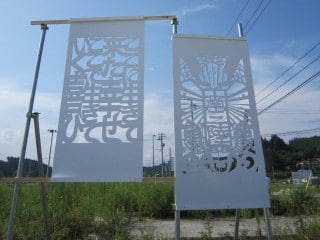 ENVISI has been engaged in various art projects in Minamisanriku to revitalize the community since 2009. The most notable event was the “kiriko” exhibit, which came about in collaboration with local residents. Kiriko is a paper-cutting craft that applies unique techniques and designs that are passed down as a tradition in local shrines. In the exhibit, kiriko artwork was displayed in front of shops and houses on the main street that stretches out from the train station. The project inspired local residents and helped them appreciate what their community could offer. Their activities came to have even more significance after Minamisanriku was hit by the devastating earthquake and tsunami in March 2011. As one of the hardest-hit areas, the town lost 70 percent of its buildings and many of its residents. ENVISI resumed its work soon after the disaster, first by distributing food and other emergency supplies.
ENVISI has been engaged in various art projects in Minamisanriku to revitalize the community since 2009. The most notable event was the “kiriko” exhibit, which came about in collaboration with local residents. Kiriko is a paper-cutting craft that applies unique techniques and designs that are passed down as a tradition in local shrines. In the exhibit, kiriko artwork was displayed in front of shops and houses on the main street that stretches out from the train station. The project inspired local residents and helped them appreciate what their community could offer. Their activities came to have even more significance after Minamisanriku was hit by the devastating earthquake and tsunami in March 2011. As one of the hardest-hit areas, the town lost 70 percent of its buildings and many of its residents. ENVISI resumed its work soon after the disaster, first by distributing food and other emergency supplies.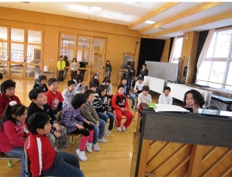
Today the group is engaged in various art projects to support the people of Minamisanriku. One such project is another kiriko exhibit, in which artists interview local residents about their memories, experiences, and hopes, and design kiriko to tell their stories. The organization is also engaged in children’s projects, working with local schools and hosting workshops in which children create their own songs to tell their stories.
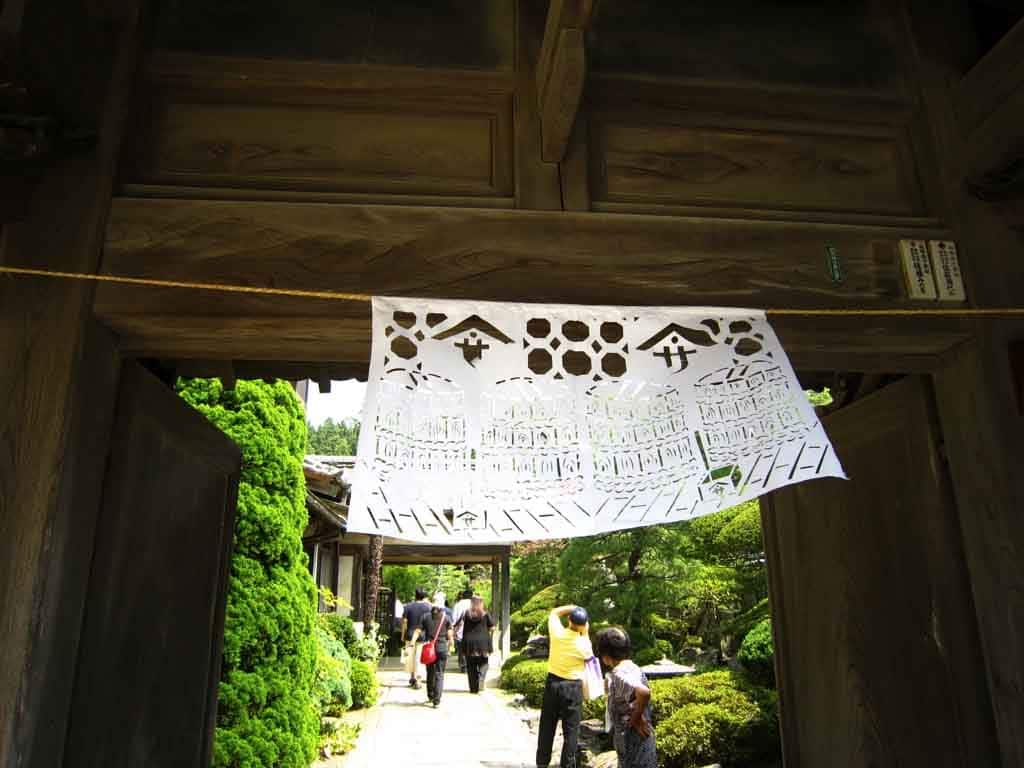
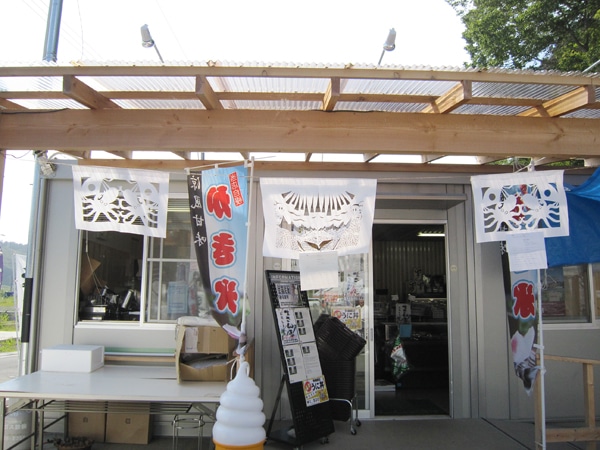
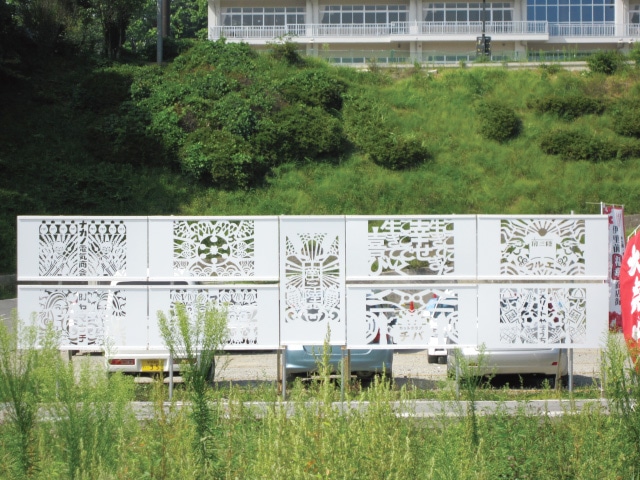
For organizations that are nationally recognized and expected to introduce revolutionary or innovative elements to their field
- Location: Osaka City, Osaka Prefecture
- Date of Establishment: 1927
- Website
The theater is classified as a national heritage site, originally built in 1921 and then reconstructed in 1950 after being burned down during the war. Workshops are regularly held for those who are new to Noh, including international audiences. The association also hosts children’s programs in which children can learn about Nohthrough creating set pieces, trying out Noh choreography, and participating in performances as part of the choir. In recent years, it has produced a new Noh program themed around environmental issues in Osaka. While it has retained the quality of traditional Noh theatrical performance, the theater also integrates contemporary arts into the stage set and involves children as performers to encourage community participation.
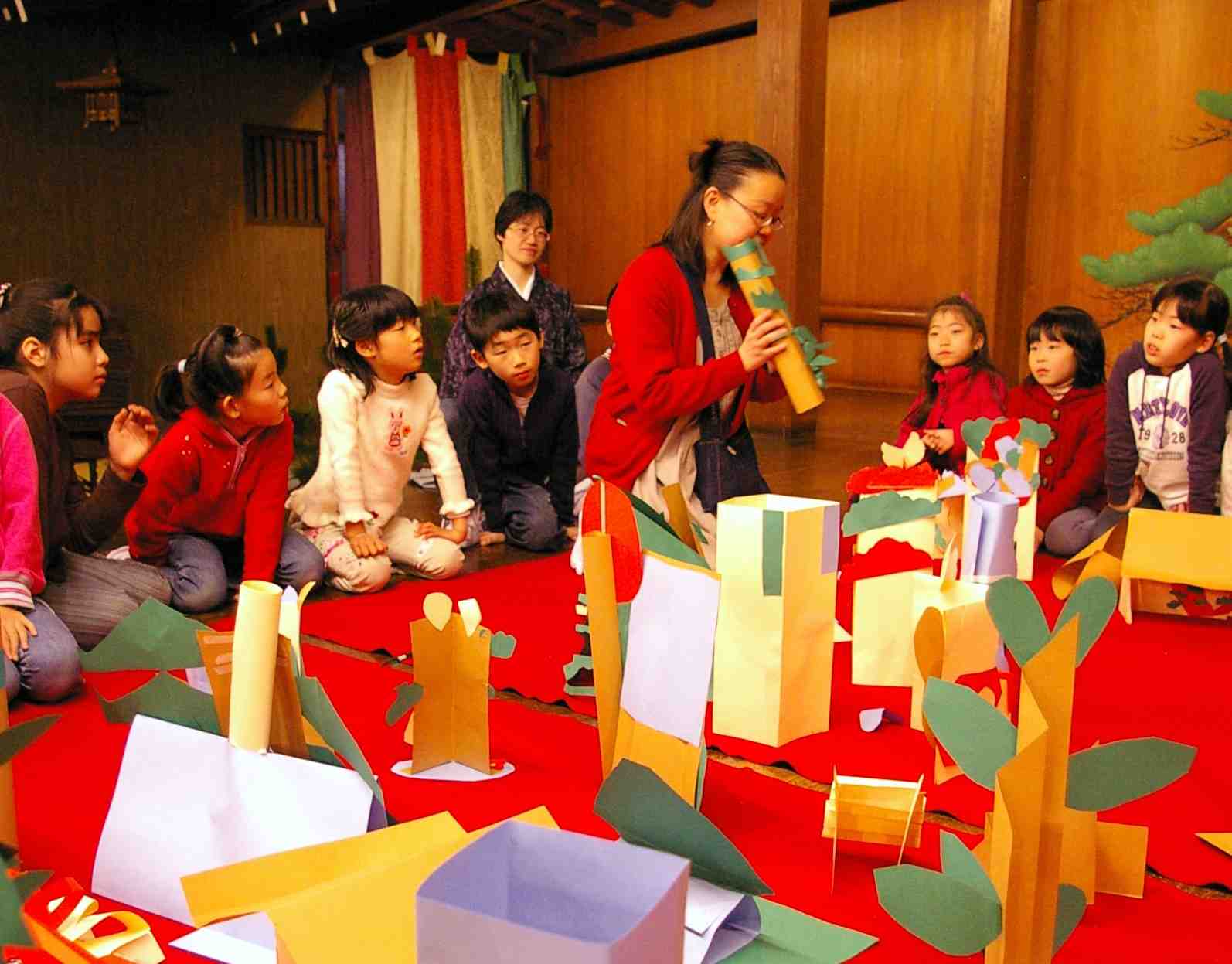
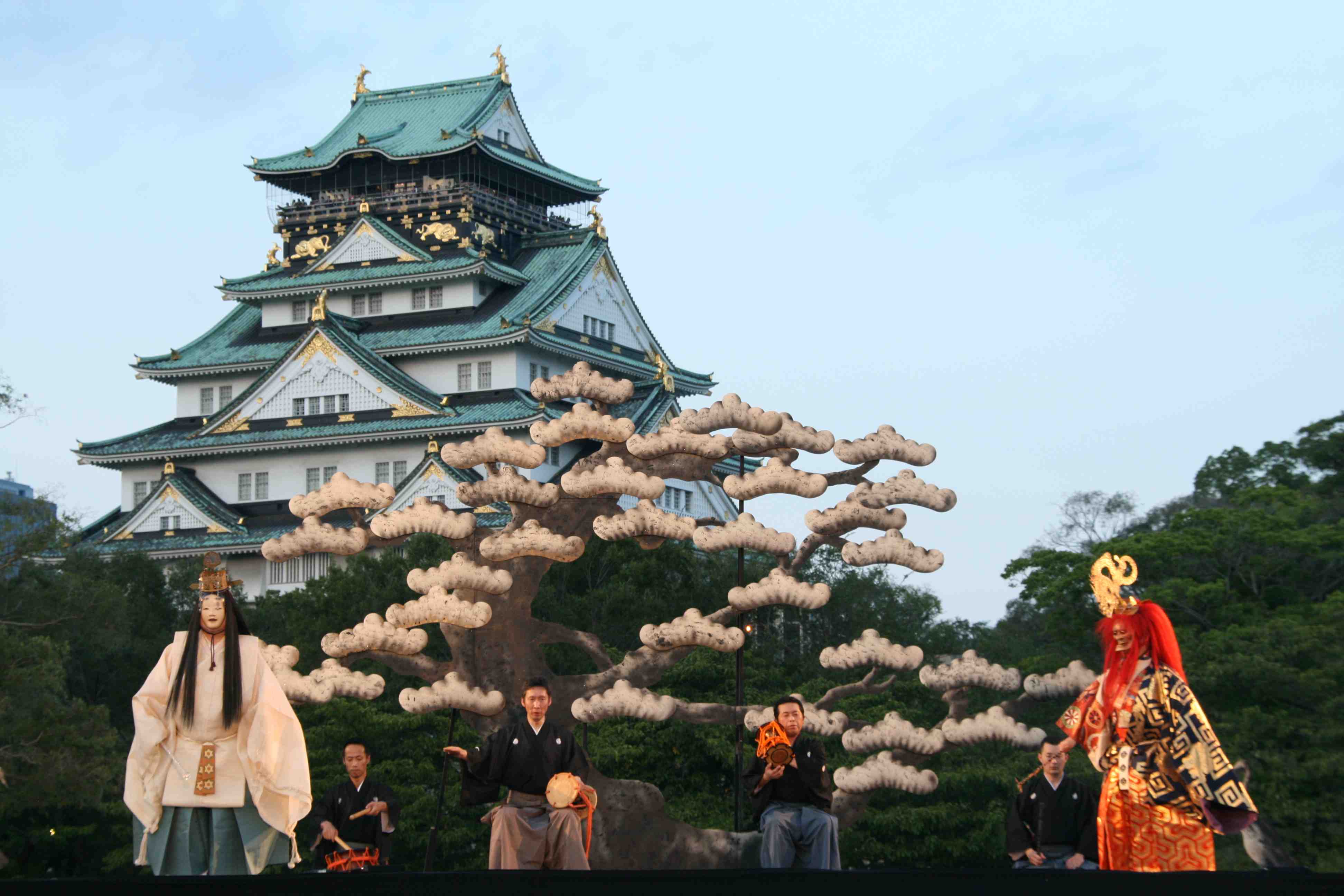

SHINKOSHO AWARD
For organizations recognized at the community level as having great potential and/or organizations that have produced exemplary results in their region
Wajima Dozo Culture Renovation Center
- Location: Wajima City, Ishikawa Prefecture
- Date of Establishment: 2007
- Website
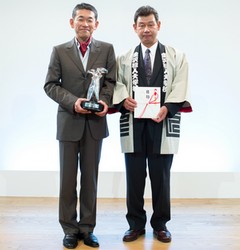
A dozo is one of Japan’s traditional architectural structures, which was used during the Edo Period (1603-1868) to store valuable commodities ranging from rice to gunpowder. In Wajima, known for its lacquerware, the dozoalso provided excellent space for craftsmen to work with lacquer that requires consistent temperature and humidity. In the aftermath of the 2007 earthquake in Wajima, the government’s reconstruction plan led to the destruction of the damaged dozo due to safety concerns as well as the lack of comprehensive support measures for restoring historical structures such as the dozo.As a result, nearly 600 of them disappeared from Wajima’s landscape within a year. In response, the Wajima Dozo Culture Renovation Center initiated a laborious project to preserve the local history by repairing the damaged dozo. Moreover, the group has innovatively utilized dozo as community centers for educational events and concerts, as well as venues for displaying Wajima’s own extraordinary lacquerware culture. The organization has also initiated a training program for younger builders to acquire the specific expertise needed to repair the dozo. The research center’s initiatives successfully made dozo into accessible spaces for local residents to actively appreciate the region’s traditional inheritance.
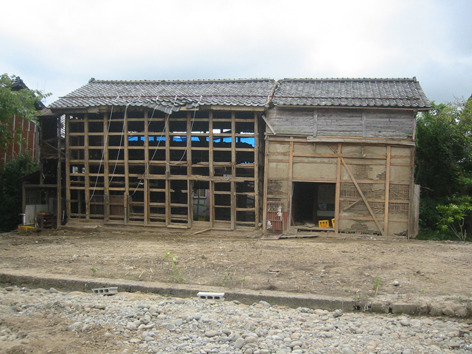

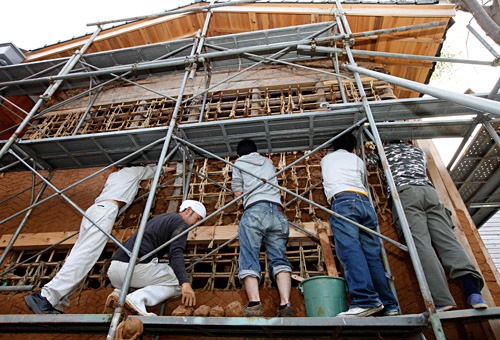
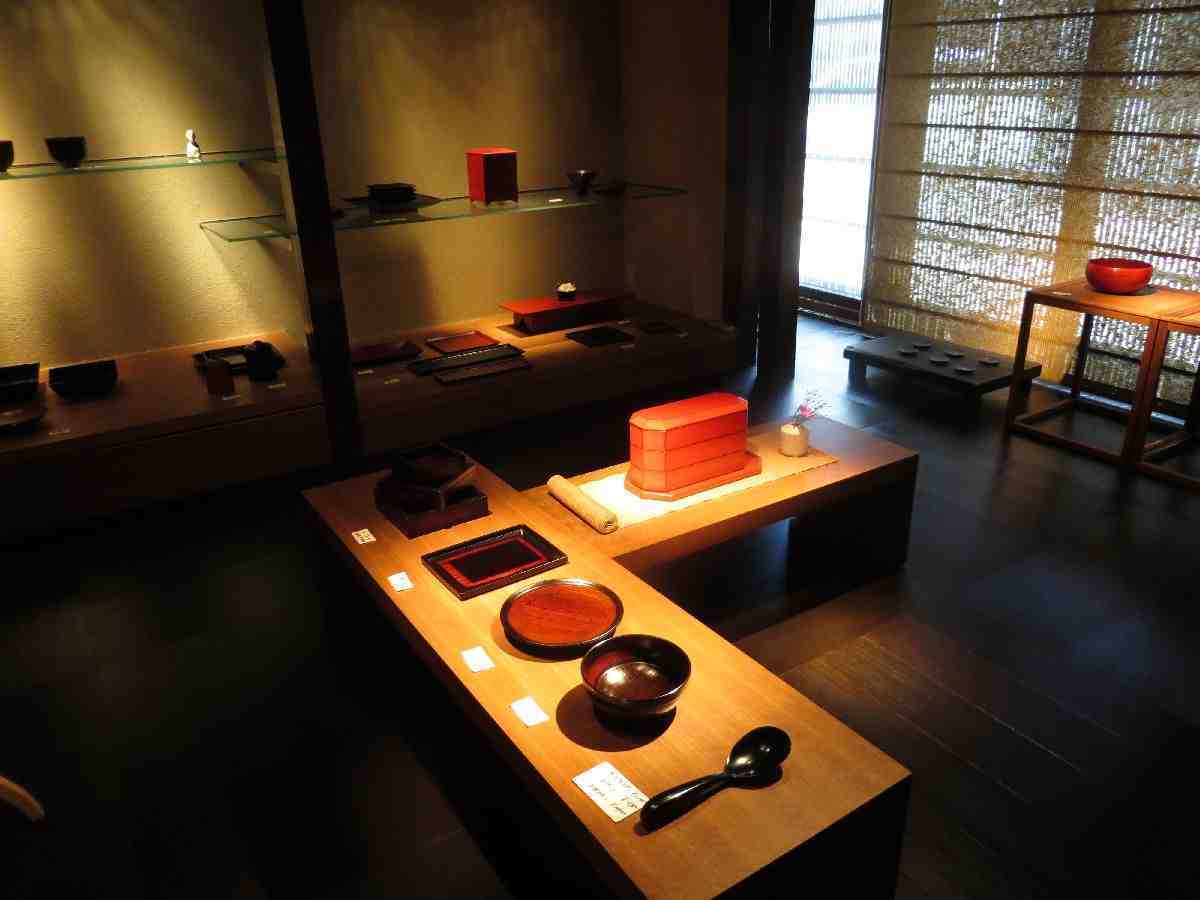
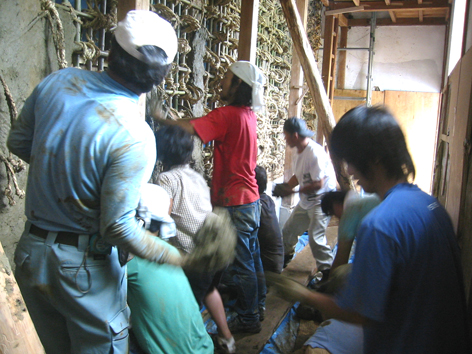
Amawari Roman Association
- Location: Uruma City, Okinawa Prefecture
- Date of Establishment: 2001
- Website
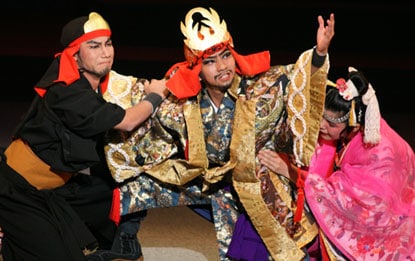
The Amawari Roman Association (literally “The Dream of Amawari” Association) supports an annual theatrical production Kimutaka no Amawari, put on by more than 150 junior and senior high school students from Uruma City. By relating the local legend of Lord Amawari who ruled Katsuren Castle in the 15th century, this helps build pride among youth in their local heritage and culture, something that is especially important in a rural area where many young adults have been leaving due to limited opportunities. The theatrical program originally started in 1999 as a local government initiative and, later, it grew into a major community project in which students take leadership roles with the support of their parents and other local residents. In 2001, the Amawari Roman Association was created by parents and other community members to support planning and operation of the student theater production.
The production is based on a traditional Okinawan theater style called kumiodori, but with the addition of contemporary music and dance. Its high-quality performances attract large crowds from within and outside of the prefecture. The students also have performed nationally through Japan as well as internationally, including a special performance in Hawaii. Through the experience of taking part in the planning and performance of the Kimutaka no Amawari production the students become proud of their cultural heritage, develop connections to their own community, and nurture confidence and self-esteem.
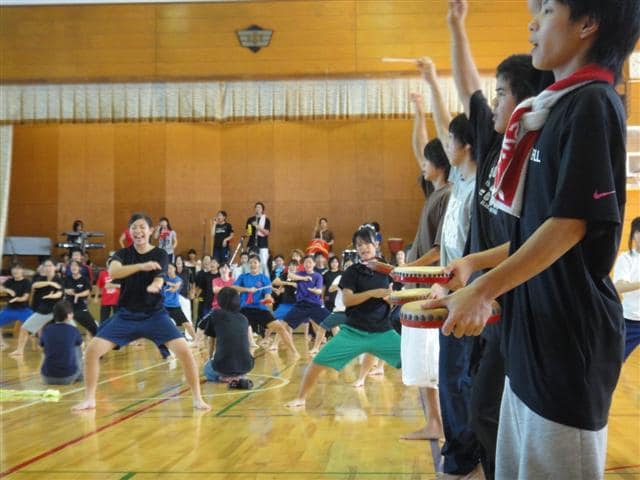
For organizations recognized at the community level as having great potential and/or organizations that have produced exemplary results in their region
Taiguruma Revival Project
- Location: Niigata City, Niigata Prefecture
- Date of Establishment: 2004
- Website
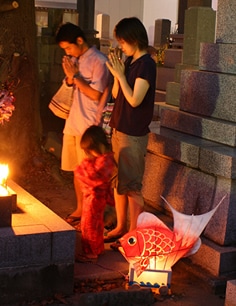
Taiguruma (a fish–shaped lantern on wheels) were once a common sight in the town of Maki, where children walked around town pulling the lanterns during the summer. It was a tradition that began in the late Edo period, however, Taiguruma completely disappeared from the community by the 1970s.
The Taiguruma Revival Project team is beginning to revive this once-lost tradition after the team leader—a college student at the time—created taiguruma for his graduation art project. The group regularly holds classes where local community members learn how to make taiguruma. In addition to reintroducing the tradition of children parading around with taiguruma to the community, the project also provides an opportunity for old and young generations to interact and strengthen community ties. The Taiguruma has now become a symbol of the community, and some businesses even use it as their logo or incorporate it into their merchandise.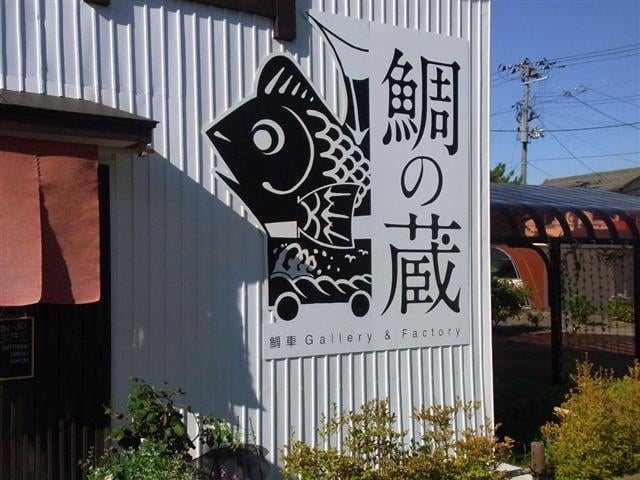
For organizations that are nationally recognized and expected to introduce revolutionary or innovative elements to their field
Kyo-machiya Revitalization Study Group
- Location: Kyoto Prefecture
- Representative: Takahiko Otani
- Date of Establishment: 1992
- Website
 Kyomachiya, literally “Kyoto townhouses” from the Edo period (1603-1867) for the merchant class, once typified the historic landscape of Kyoto. However, with Japan’s post-war economic success, the city’s traditional architecture began rapidly disappearing in a wave of modern development. According to a study by the Kyoto Municipal Government, the number of machiya-style buildings had fallen to 28,000 by 1998, and every year about 1000 were being torn down.
Kyomachiya, literally “Kyoto townhouses” from the Edo period (1603-1867) for the merchant class, once typified the historic landscape of Kyoto. However, with Japan’s post-war economic success, the city’s traditional architecture began rapidly disappearing in a wave of modern development. According to a study by the Kyoto Municipal Government, the number of machiya-style buildings had fallen to 28,000 by 1998, and every year about 1000 were being torn down.
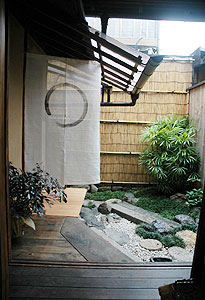
The Kyo-machiya Revitalization Study Group was formed in 1992 with the mission of preserving Kyoto’s historic machiya buildings and the traditions that have been associated with them. The group began sponsoring a diverse range of activities, hosting studies, workshops, and symposiums to explore ways to convert machiya into functional and safe residences that accommodate contemporary lifestyles; promoting policies that recognize the importance of preserving local culture; and analyzing other models for preservation programs in Japan and abroad.
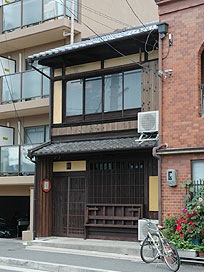 The group takes a comprehensive approach to preservation of machiya as a part of Japan’s cultural legacy, focusing not only on protecting the buildings but also more broadly on revitalizing the community as a place where people live, work, and come together. These efforts led to the establishment of several sub-organizations that carry out different activities under the umbrella of Kyo-machiya Revitalization Study Group. First, an organization of craftspeople was established, and it provides technical advice on maintaining and renovating machiya. Also, a “Friends of Kyomachiya” group was formed for Kyoto residents who share an interest in machiya culture. It organizes concerts, cultural seminars, and tours to promote understanding of machiya’s cultural importance. Most recently, in 2002, a Kyomachiya Information Center was opened to deal with the spread of vacant machiyahouses. The center provides support for those interested in purchasing or renting machiya and it distributes information on individual properties and local real estate agents. In addition to finding new machiya residents, it also helps machiya owners and real estate brokers appreciate the cultural value of the buildings.
The group takes a comprehensive approach to preservation of machiya as a part of Japan’s cultural legacy, focusing not only on protecting the buildings but also more broadly on revitalizing the community as a place where people live, work, and come together. These efforts led to the establishment of several sub-organizations that carry out different activities under the umbrella of Kyo-machiya Revitalization Study Group. First, an organization of craftspeople was established, and it provides technical advice on maintaining and renovating machiya. Also, a “Friends of Kyomachiya” group was formed for Kyoto residents who share an interest in machiya culture. It organizes concerts, cultural seminars, and tours to promote understanding of machiya’s cultural importance. Most recently, in 2002, a Kyomachiya Information Center was opened to deal with the spread of vacant machiyahouses. The center provides support for those interested in purchasing or renting machiya and it distributes information on individual properties and local real estate agents. In addition to finding new machiya residents, it also helps machiya owners and real estate brokers appreciate the cultural value of the buildings.
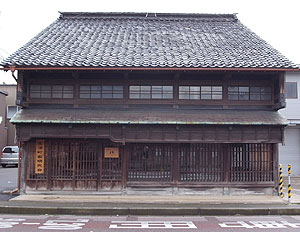
As one of the most established groups in the field, the Kyo-machiya Revitalization Study Group has also been actively engaged in networking and exchanges with other organizations working to preserve of traditional cityscapes, inside and outside of Japan.
For organizations recognized at the community level as having great potential and/or organizations that have produced
exemplary results in their region
Red Brick Club Maizuru
- Location: Kyoto Prefecture
- Representative: Susumu Hyuga
- Date of Establishment: 1991
- Website
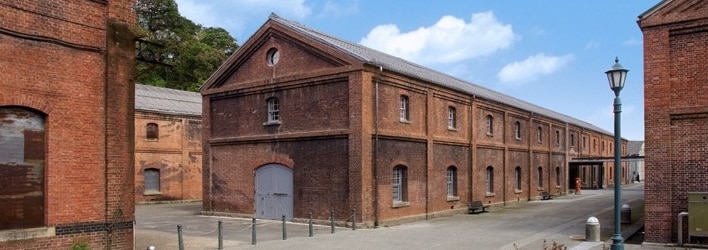
Until the end of World War II, Maizuru served as an important navy port, and this heritage left the town with clusters of red brick buildings that had been used as military warehouses. However, after the war, many of these were left vacant, and they became to be seen as obstacles to development that needed to be razed.

City residents only first began to recognize the potential value of the red brick buildings when a small group of young city hall employees visited Yokohama City, looking for ideas for revitalizing Maizuru. As in Maizuru, Yokohama also had shuttered old warehouses, but they were starting to be recognized as important local assets. Inspired by Yokohama’s efforts to preserve and utilize their red brick warehouses, Maizuru officials and residents began a series of activities to highlight the historical importance and architectural beauty of the red brick buildings in their city. In 1991, as a part of this movement, Red Brick Club Maizuru was established to promote red bricks, or “akarenga,” as a symbol of Maizuru and to make the warehouse district into a center for community activities.
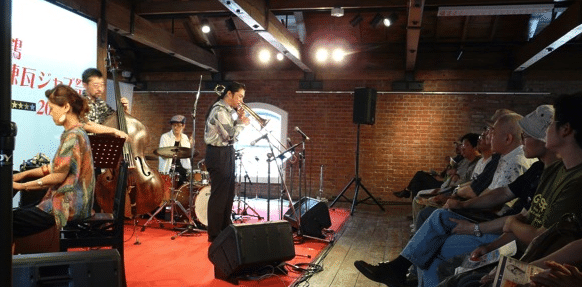
Since 1991, the group has annually hosted “Summer Jazz in Maizuru,” which has become one of the highlights of the year in the region. A large audience from around Japan travels to Maizuru for this outside concert, where nationally renowned jazz musicians perform amidst the red brick warehouses. More recently, the group launched a “red brick road” project through which local students and residents excavate historic roadways that had been used to transport red bricks through the town to construct warehouses, bridges, and other structures. In addition to the projects directly organized by the Red Brick Club, local residents, business, and the city government have started organizing a host of related activities around Maizuru that have helped to make the red brick warehouses a center of cultural activities for area residents. A Red Brick Museum was opened in 1993; a vacant warehouse donated by a local business was turned into a cultural center with exhibit, study, and event facilities; and other community events have been launched, including an “Akarenga Festa” arts and food fair and efforts to illuminate the warehouses.
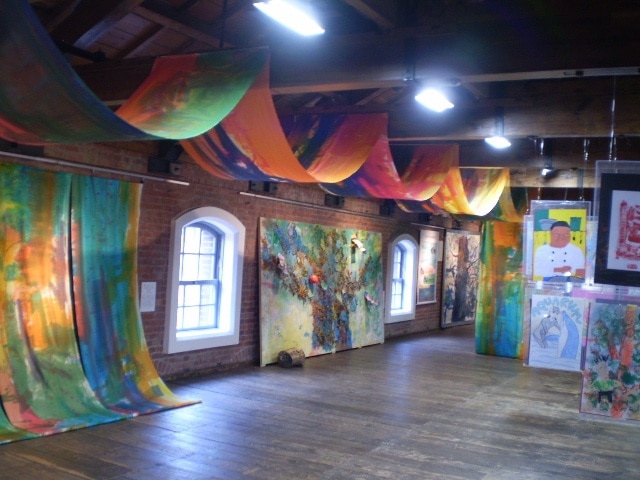
The experience of Maizuru is shared with other communities that have similar red brick structures through the national “Akarenga Network,” which was established in 1991 after Maizuru hosted the first national symposium to study the preservation and utilization of red brick buildings. These efforts bore fruit in recent years, and in 2008, seven red brick buildings in Maizuru were designated by the national government as Important Cultural Properties of Japan.
For organizations that are nationally recognized and expected to introduce revolutionary or innovative elements to their field
Earth Celebration Committee
- Location: Sado City, Niigata Prefecture
- Date of Establishment: 1988
- Website
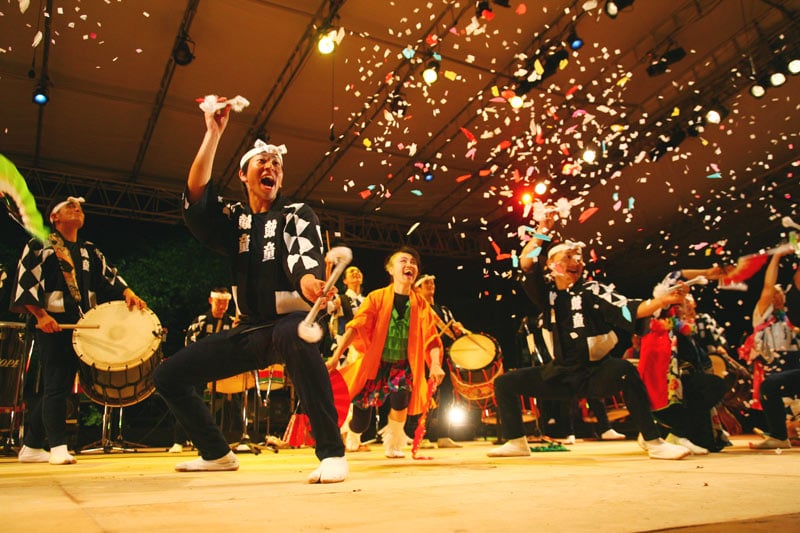
“Earth Celebration” is an international performing arts festival hosted by Kodo, a local taiko drum troupe, and Sado City. Despite its rich history and natural beauty, the island of Sado in the Japan Sea—like many rural communities in Japan—suffers from a declining and aging population and a shrinking economy. The festival was first organized in 1988 to revitalize the community, which had limited opportunities for international exchanges. In recent years, the festival has grown into an international music event that attracts large crowds of people from other parts of Japan and from around the world.
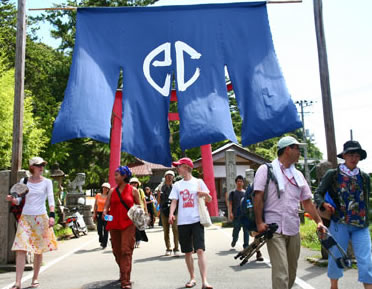 With a theme of celebrating humans and the environment, the festival is known for spontaneity and creativity in its performances. Various music and cultural programs, including outside concerts, taiko workshops, island tours, and cultural exhibitions, are held on the island throughout the three-day event. The festival seeks to create an alternative “global culture” and “local culture” through collaboration and synergy among the musicians and performers invited from around the world. According to the New York Times, Earth Celebration has become one of the “most advanced world music events in Japan.
With a theme of celebrating humans and the environment, the festival is known for spontaneity and creativity in its performances. Various music and cultural programs, including outside concerts, taiko workshops, island tours, and cultural exhibitions, are held on the island throughout the three-day event. The festival seeks to create an alternative “global culture” and “local culture” through collaboration and synergy among the musicians and performers invited from around the world. According to the New York Times, Earth Celebration has become one of the “most advanced world music events in Japan.
For organizations recognized at the community level as having great potential and/or organizations that have produced
exemplary results in their region
Kurobei Project Team
- Location: Murakami City, Niigata Prefecture
- Date of Establishment: 2001
- Website
Murakami City has retained many distinctive features of a joka-machi (towns that lie at the base of Japanese castles) as much of traditional architecture and landscape has remained over the centuries. Facing a wave of urban development, a group of local citizens mobilized to preserve and recreate the traditional landscape of the city. The Kurobei Project is a part of this local effort, in which a team of volunteers transforms the concrete walls of modern houses into the traditional kurobei (black wall) style by applying painted lumber over the existing outer walls.
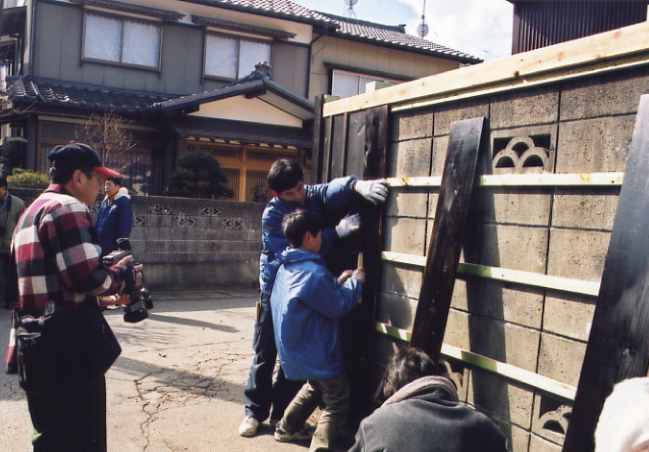 The project—supported by funds collected from local residents who donate 1000 yen (10 dollars) per sheet of lumber—has succeeded in drastically changing the look of streets so that they now retain the characteristics of a joka-machi. The team’s effort represents an innovative idea that revives the traditional character of the city with relatively minimal cost and time, but with great effect.
The project—supported by funds collected from local residents who donate 1000 yen (10 dollars) per sheet of lumber—has succeeded in drastically changing the look of streets so that they now retain the characteristics of a joka-machi. The team’s effort represents an innovative idea that revives the traditional character of the city with relatively minimal cost and time, but with great effect.
For organizations that are nationally recognized and expected to introduce revolutionary or innovative elements to their field
Mino Washi Akari Art Contest & Exhibition Organizing Committee
- Location: Mino City, Gifu Prefecture
- Date of Establishment: 1994
- Website
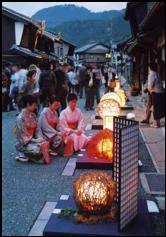
For 1300 years, the Mino region has specialized in the production of washi, a traditional handmade paper, and it is now one of the three remaining major centers of papermaking in Japan. “Mino washi” is made from the bark of mulberry trees, and it is known for its durability and smoothness as well as its high quality. During the Edo Period (1603-1868), Mino became prosperous through the production of washi, which is used for a wide range of traditional objects such as lanterns, fans, scrolls, umbrellas, and shoji doors. At the time, there were about 5,000 washi production houses in Mino, however, they began to face competition from machine-made Western paper in the 19th Century, and today only 30 workshops remain. With population of only 25,000, Mino gives some the impression of a small rural city that has been left behind by the modern era but in recent years, the city’s residents have sought to revitalize the mino washi tradition.
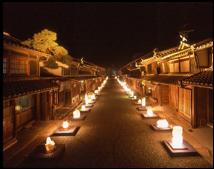
One activity that is carried out in order to promote the use of mino washi is the Mino Paper “Akari Art” Exhibition (Akari means “light”). Mino washi has long been utilized to make traditional paper lanterns because of the distinctive soft glow that it allows to emanate through, and it was used to create the paper lanterns that inspired Isamu Noguchi’s famous “Akari” light sculptures when he visited the region in the 1950s.
During the Akari Art Exhibition, the town invites artisans from around the country to create light sculptures with mino washi, and these delicate creations are then judged on their artistic beauty. Mino boasts several streets lined with the traditional “udatsu style” homes that were common in the Edo Period, and the exhibition entries are lined up along these picturesque streets and illuminated for night-time viewing. The exhibition, which is held every year in mid-October, has gained a nationwide reputation and it attracts crowds of visitors from around the country.
For organizations recognized at the community level as having great potential and/or organizations that have produced
exemplary results in their region
Nishi-shiogo Revolving Theater Preservation Committee
- Location: Hitachi-Omiya City, Ibaraki Prefecture
- Date of Establishment: 1994
- Website
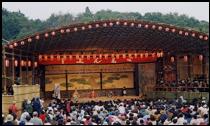 Kabuki, one of Japan’s most famous and distinctive traditional forms of theater, originated in the early 17th Century, and quickly spread through out the country. Village style kabuki theaters were built in the countryside, and while many of these were permanent constructions, some were temporarily built on farmland when local people invited performers from other towns and were dismantled after several performances. Nishi-shiogo’s mawari butai, or “revolving theater,” is said to be one of the oldest theaters of this type.
Kabuki, one of Japan’s most famous and distinctive traditional forms of theater, originated in the early 17th Century, and quickly spread through out the country. Village style kabuki theaters were built in the countryside, and while many of these were permanent constructions, some were temporarily built on farmland when local people invited performers from other towns and were dismantled after several performances. Nishi-shiogo’s mawari butai, or “revolving theater,” is said to be one of the oldest theaters of this type.
 The majority of these theaters were destroyed or disappeared during and after World War II but, in 1997, after a half-century of no performances, the tradition of temporarily building a village style kabuki theater, was revived in Nishi-shiogo and a company specializing in the local form of kabuki was formed. Local craftsmen and volunteers constructed a large theater using traditional techniques and materials, and utilizing specialized stage parts that had been stored away since the last temporary theater was dismantled decades earlier. The theater, which measures 20 meters wide and stands 7 meters tall, was constructed out of lumber with 300 bamboo poles for the arched roof, following the techniques that have been used in Nishi-shiogo for the past two centuries.
The majority of these theaters were destroyed or disappeared during and after World War II but, in 1997, after a half-century of no performances, the tradition of temporarily building a village style kabuki theater, was revived in Nishi-shiogo and a company specializing in the local form of kabuki was formed. Local craftsmen and volunteers constructed a large theater using traditional techniques and materials, and utilizing specialized stage parts that had been stored away since the last temporary theater was dismantled decades earlier. The theater, which measures 20 meters wide and stands 7 meters tall, was constructed out of lumber with 300 bamboo poles for the arched roof, following the techniques that have been used in Nishi-shiogo for the past two centuries.
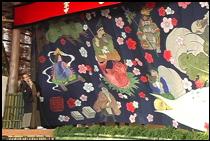 Every three years since, more than 100 local residents have taken part in the month long process of rebuilding the theater for a series of performances. This is done according to the historic specifications and using traditional techniques. (An 1820 book has been discovered with records of the tools used for the construction of this theater.) It is built with a revolving stage, which can be set for several scenes and rotates to allow the scenes to change in the view of the audience. Portions of the stage have been preserved over the years and are used each time the stage is built, including impressive traditional carvings on the platform for the musicians, decorated sliding doors or fusuma, and large ornate stage curtain. The way in which local residents replaced the elaborate curtain that had been used since the 1820s with a new one in 2006 demonstrates the meticulous care and attention to detail that goes into this. They began by growing cotton for the curtain, then they weaved this by hand using traditional techniques and arranging for it to be dyed and decorated in the traditional manner, a process that took five years.
Every three years since, more than 100 local residents have taken part in the month long process of rebuilding the theater for a series of performances. This is done according to the historic specifications and using traditional techniques. (An 1820 book has been discovered with records of the tools used for the construction of this theater.) It is built with a revolving stage, which can be set for several scenes and rotates to allow the scenes to change in the view of the audience. Portions of the stage have been preserved over the years and are used each time the stage is built, including impressive traditional carvings on the platform for the musicians, decorated sliding doors or fusuma, and large ornate stage curtain. The way in which local residents replaced the elaborate curtain that had been used since the 1820s with a new one in 2006 demonstrates the meticulous care and attention to detail that goes into this. They began by growing cotton for the curtain, then they weaved this by hand using traditional techniques and arranging for it to be dyed and decorated in the traditional manner, a process that took five years.

In addition to staging performances, the committee works to preserve the tradition of local kabuki by teaching local school children kabuki, and by involving large number of volunteers from the town’s high school as well as area college students in the process of building the theater and staging the performances.
RELATED EVENTS
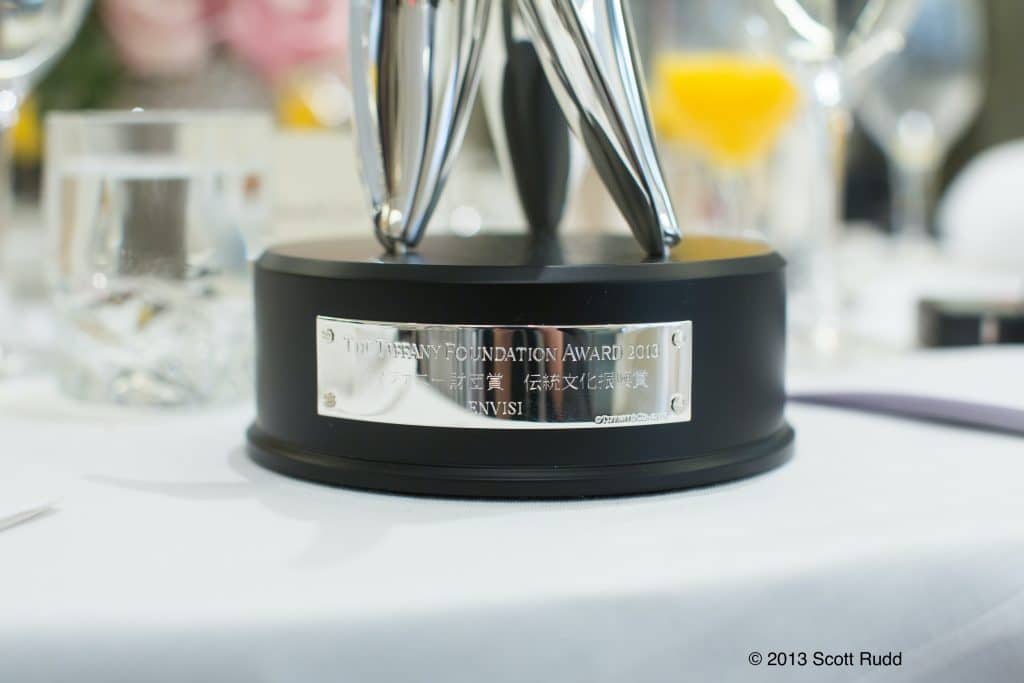
Tiffany Foundation 2013 Award Ceremony

Tiffany Foundation 2012 Award Ceremony



